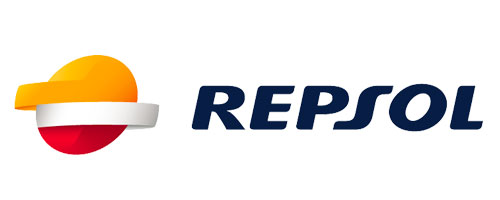Home » Education Programs » Innovation Gateway » Designing Astronaut Meals for the ISS
This challenge is no longer active and has been completed. Submissions are no longer being accepted.
Be part of the NASA mission. Compete in a new series of challenges through our Innovation Gateway, a community science initiative. Everyday explorers – just like you – have the opportunity to provide useful solutions to further space exploration and our world.
In this challenge, design astronaut meals for the International Space Station.


Food is a very important piece of our lives. A nutritious diet promotes physical, mental, and emotional health. A well-balanced and delicious meal is not only important for us here on Earth, but also for astronauts in space. A complete food system promotes health and resilience enabling us to solve the problems that we face daily.
At the NASA Johnson Space Center (JSC) Space Food Systems Laboratory, food scientists examine a variety of factors to develop space food. Nutrition plays a key role, but flavor, shelf life, and ease of cooking and consumption must all be evaluated. These components define a complete food system.
Level 1: Make a meal addressing the ISS food system.
Level 2: Develop a complete food system for one astronaut on the International Space Station for one week (seven days).
Level 1: Make one meal using food from your home that works within a complete ISS food system, take a picture, create a description of your meal, and include it in your submission.
Level 2: In addition to Level 1, write a complete International Space Station food system for an astronaut for seven days. A complete food system includes:
Challenge winners will be featured on our challenge webpage and on Space Center Houston social media pages.
This challenge is no longer active and has been completed. Submissions are no longer being accepted.
To support your research, review these resources to help get you started.
Ages 5-8
Amber Meyer, 7
Ages 9-13
Logan Meyer, 9
Ages 14-17
Arshia Rezaei, 14
Ages 18+
Gerardo Zamora, 20, and Ingrid Piña, 20
Presented by

with support from

HOURS TODAY
Have them apply to Rise! Rise is a program that offers students access to scholarships, mentorship, networking and career development opportunities, fostering their ability to address pressing global challenges.

When you give, you make a lasting impact on the future generations of explorers, innovators, astronauts, and beyond.

Use code WEB15 for 15% off a Space Center Houston membership + an extra month, free parking, discounts and other stellar perks.